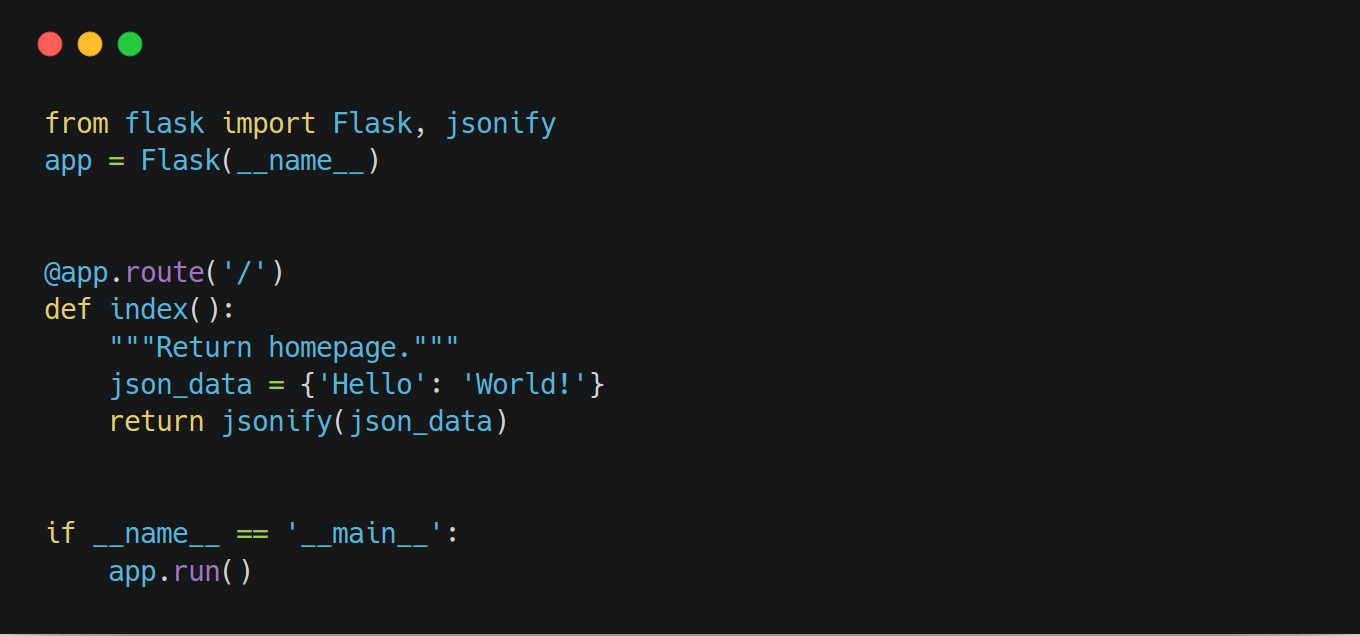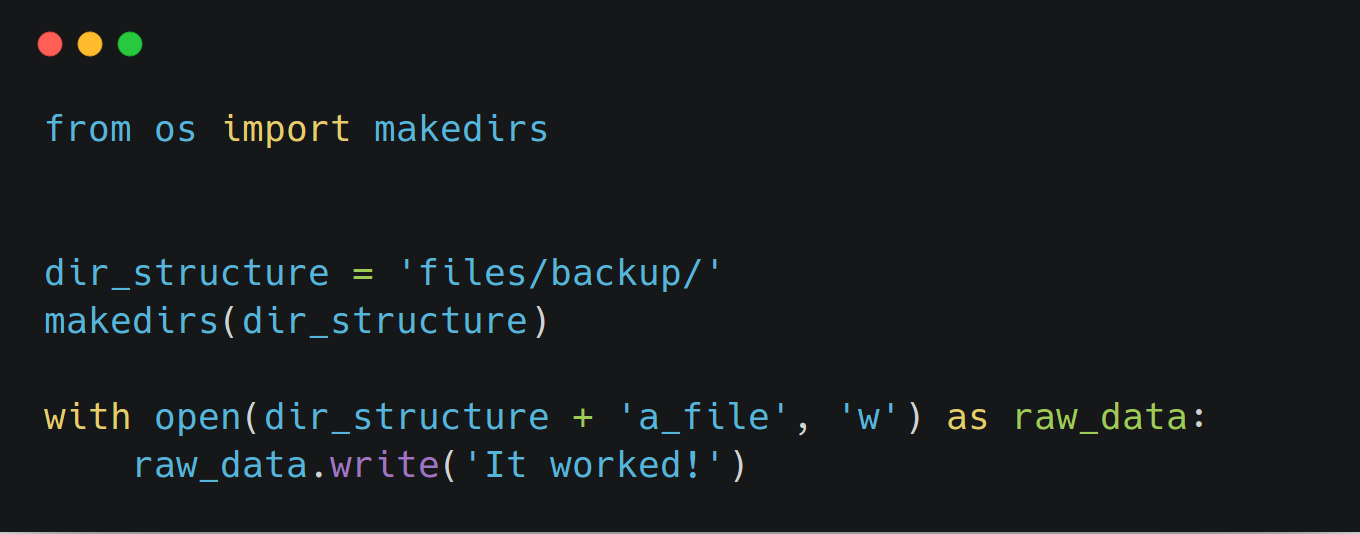
Survival Analysis: Analyzing Churn and Improving Customer Retention as a SaaS Company
Notice: For best experience, you can duplicate my Deepnote notebook here and run the supporting code yourself. At Traction Tools we’re highly commmited to make our clients succeed. We run a platform for EOS, which is a system that facilitates entreprenuers to run their business, internal operations, and effective meetings on the cloud. However, as a SaaS company, it’s very common to deal with issues like churn and customer retention. Here we’re going to discuss how we analyze churn and what are some of the important factors that makes our customer stay or cancel their subscription....








